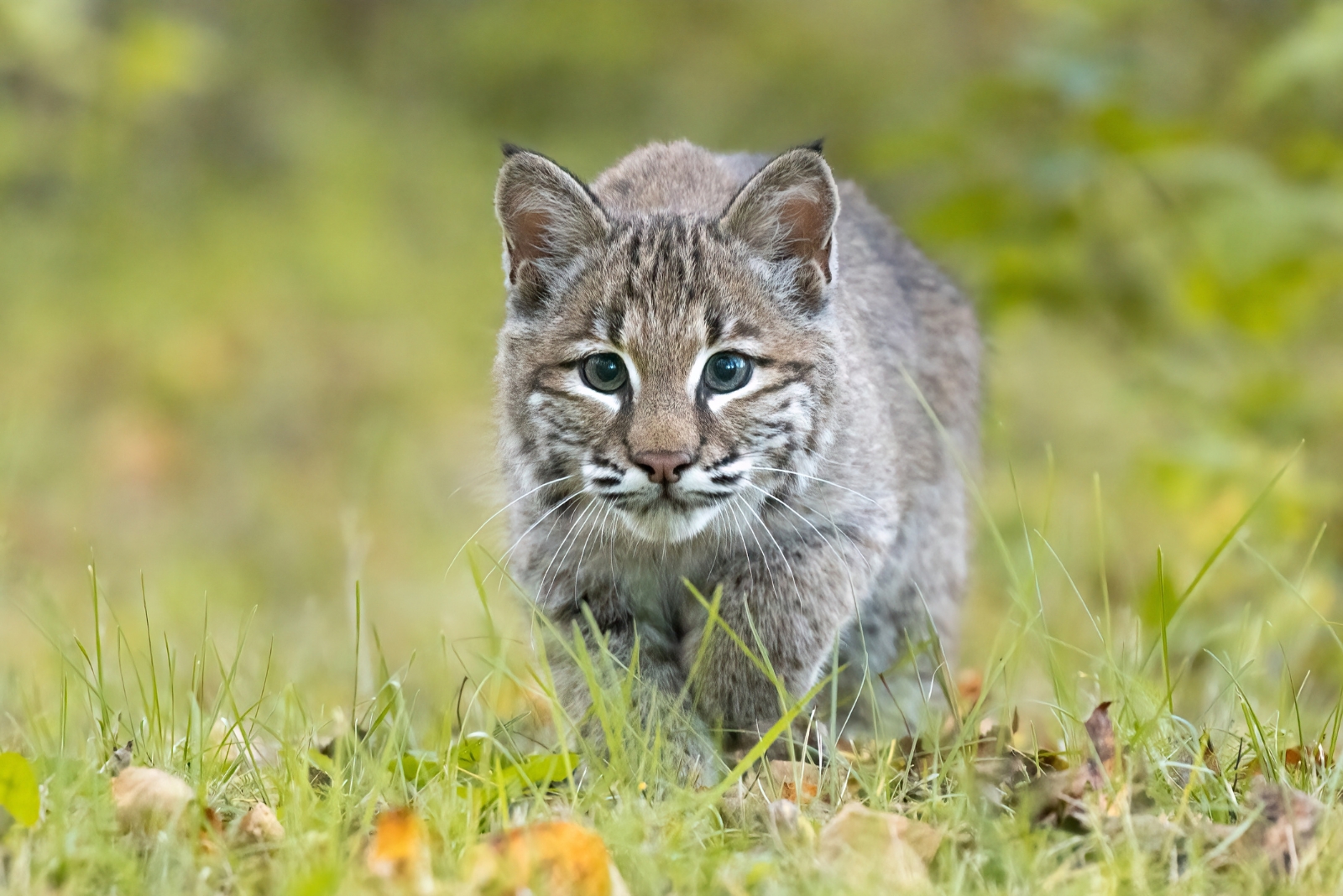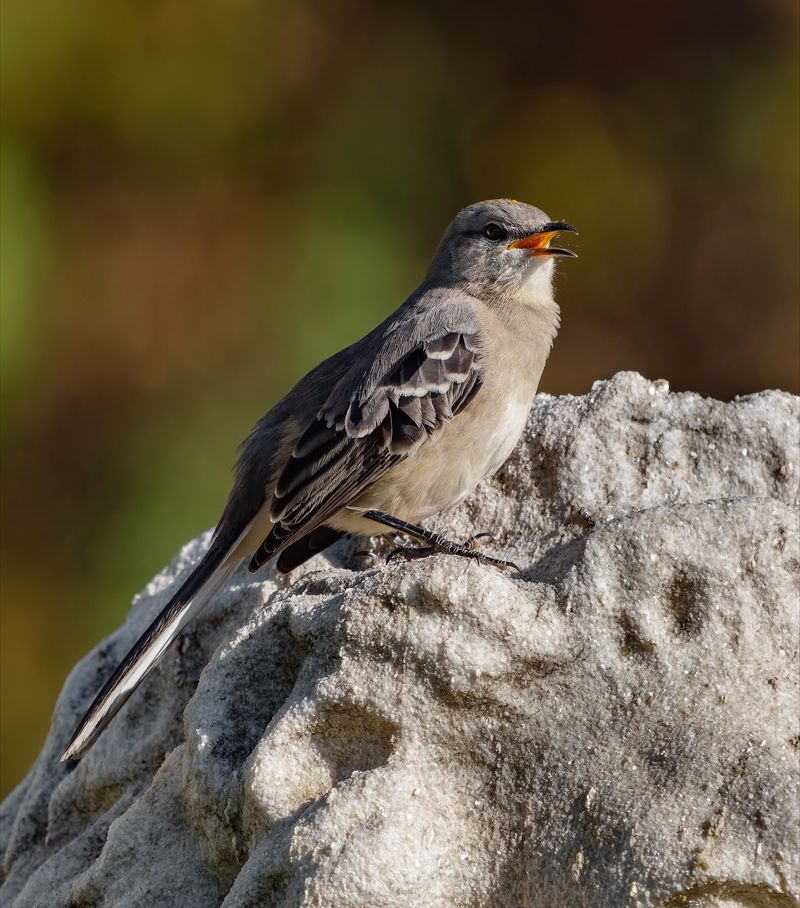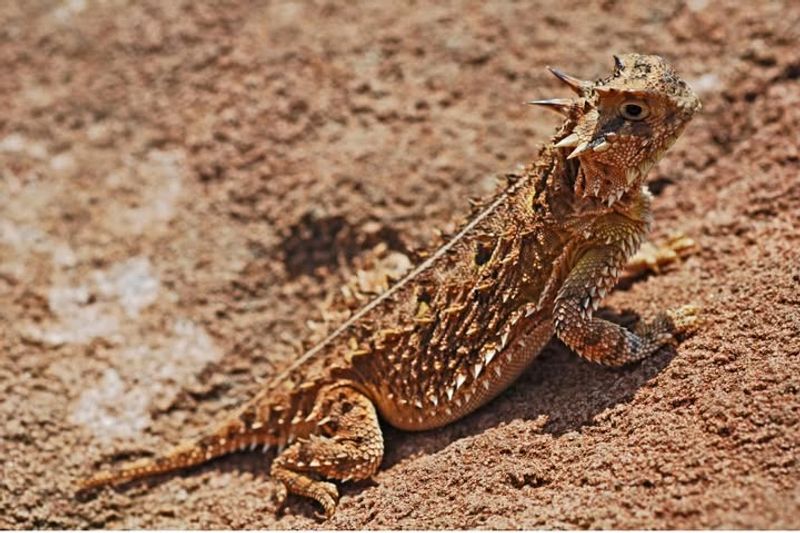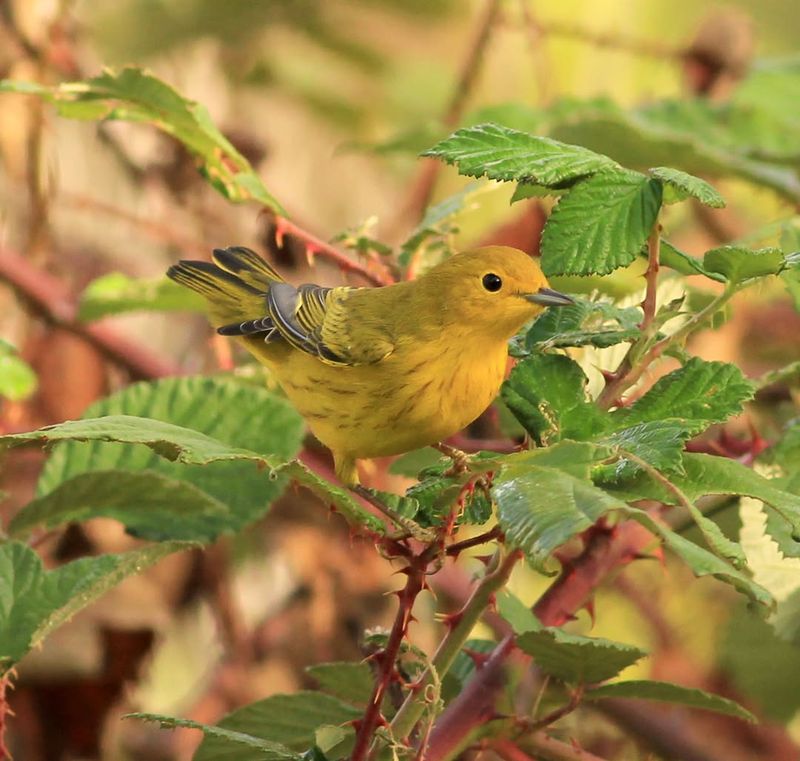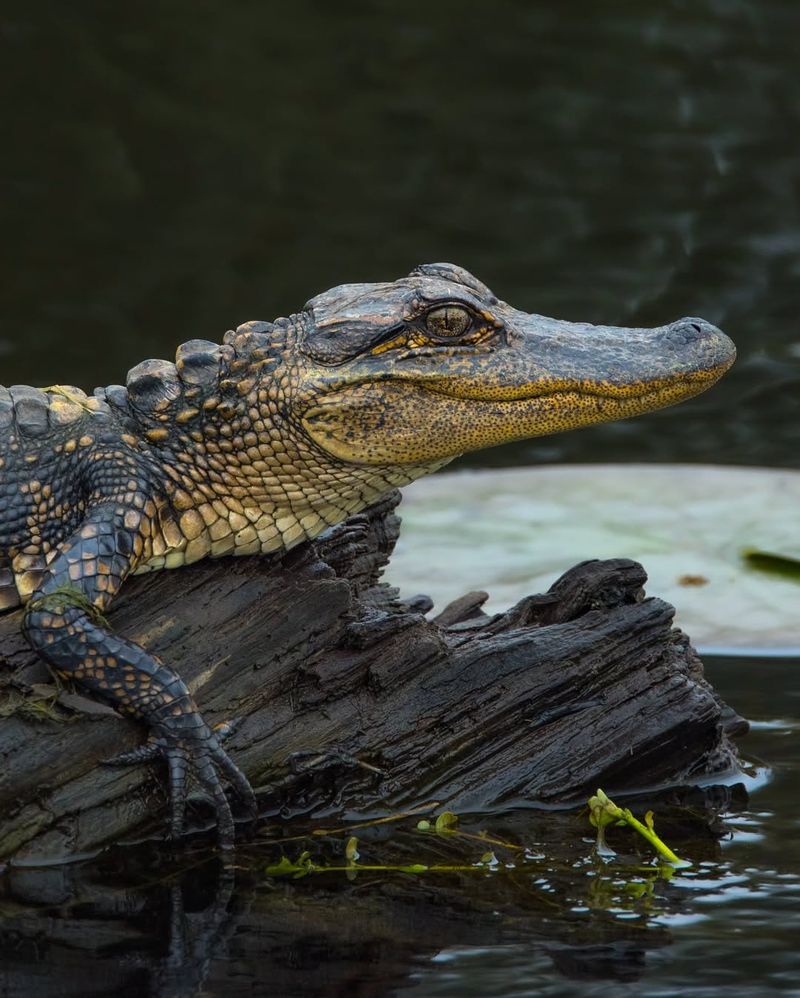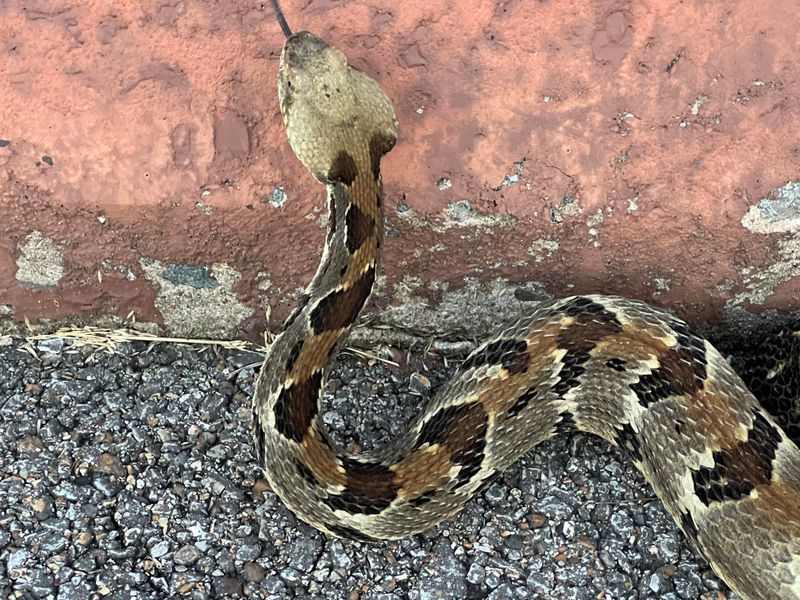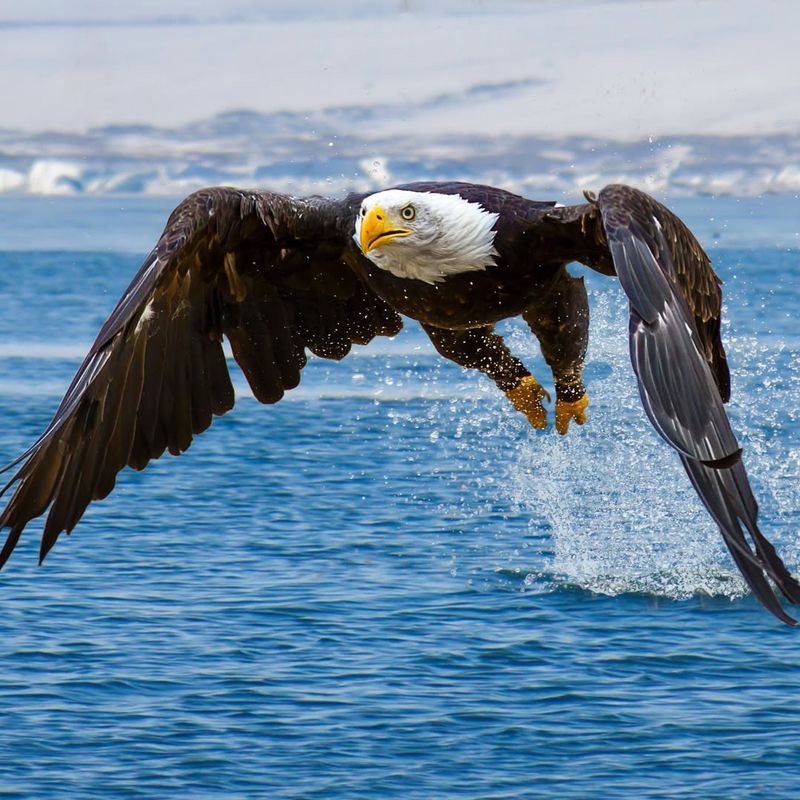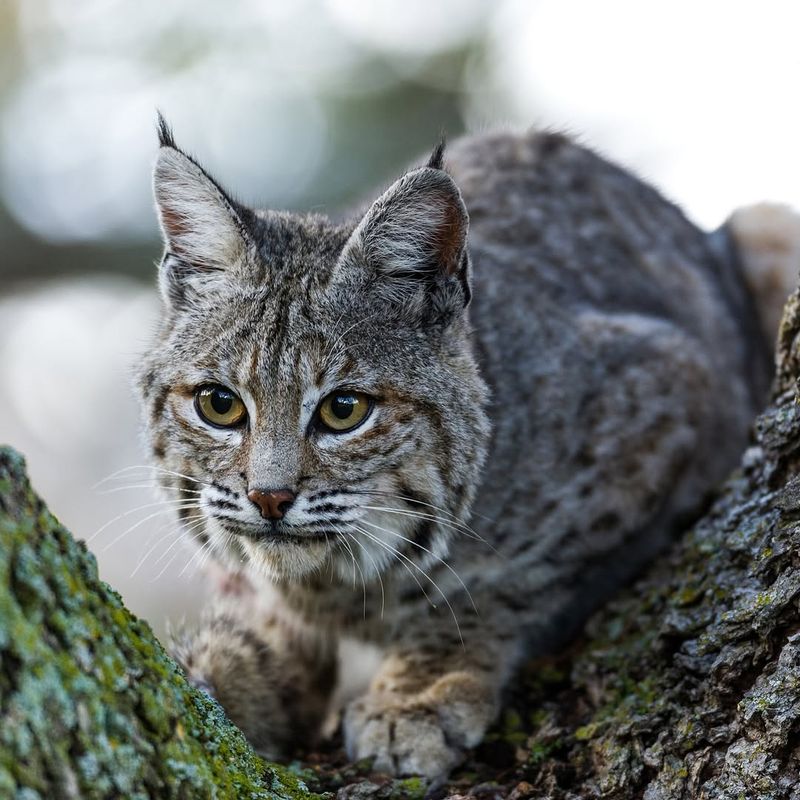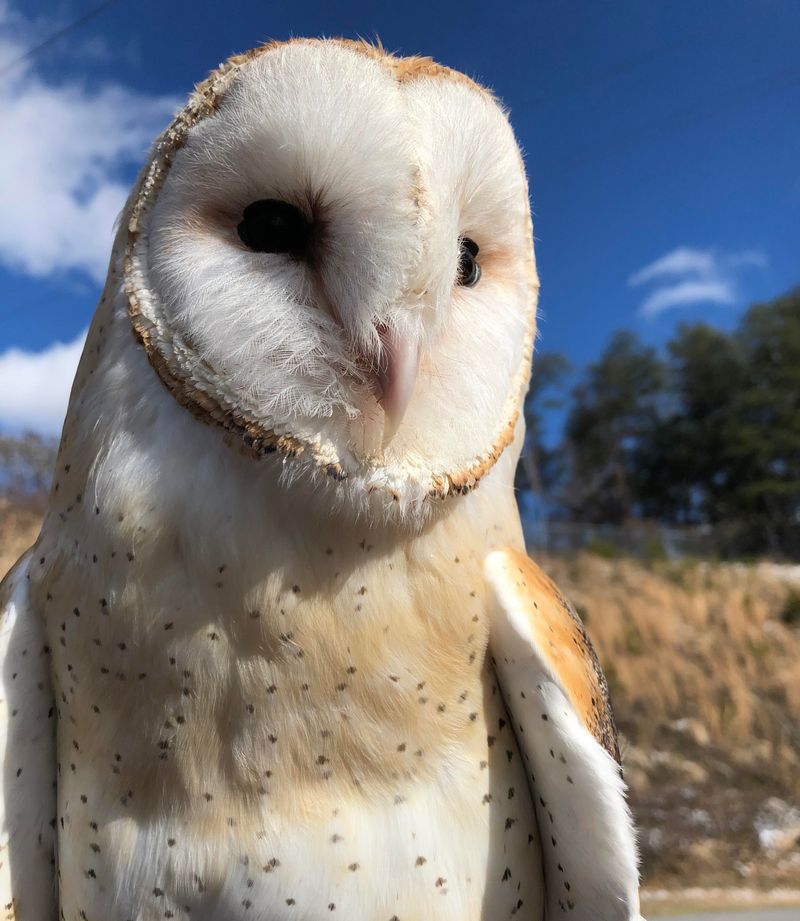Texas has some protected wildlife that often surprises people, especially when one shows up right on their lawn. I’ve talked to neighbors who had no idea certain animals fall under strict rules.
Learning which ones can’t be touched saves you from trouble and keeps local ecosystems healthier. These are the creatures that must be left alone by law.
1. Northern Mockingbird
As the official state bird, this talented singer holds a special place in Texas hearts and under state protection laws. Mockingbirds can mimic dozens of other bird songs, car alarms, and even cell phone rings with remarkable accuracy.
Federal and state regulations make it illegal to harm, capture, or remove these birds from your property in Texas. Even if they build nests in inconvenient spots, you must wait until nesting season ends.
Watching a mockingbird defend its territory can be entertaining, as they fearlessly chase away much larger birds and animals.
2. Horned Lizards
Often called horny toads, these prehistoric-looking reptiles have become increasingly rare across Texas landscapes. Their spiky crowns and ability to squirt blood from their eyes make them one of nature’s most unusual defenders.
Texas Parks and Wildlife lists horned lizards as threatened, making it illegal for residents to capture, harm, or relocate them. Habitat loss and declining ant populations have pushed these unique creatures toward endangerment.
If you spot one on your land, consider yourself lucky and leave it alone to hunt ants in peace.
3. Migratory Songbirds
Twice yearly, Texas becomes a highway for hundreds of bird species traveling between breeding and wintering grounds. Warblers, orioles, tanagers, and countless others stop to rest and refuel on Texas properties.
The federal Migratory Bird Treaty Act protects virtually all songbirds, making it illegal to disturb them, their nests, or eggs anywhere in Texas. Breaking this law can lead to serious federal penalties, including jail time.
Creating a bird-friendly yard with native plants actually increases property value while supporting these amazing travelers.
4. Alligators
East Texas wetlands, rivers, and ponds provide perfect habitat for these ancient reptiles that have survived since dinosaur times. Alligators play crucial roles in maintaining healthy aquatic ecosystems by controlling fish and turtle populations.
Texas Parks and Wildlife strictly regulates alligator removal, requiring special permits that most homeowners cannot obtain. Only licensed nuisance wildlife control operators can legally handle problem alligators in Texas.
Never approach or feed alligators, as this dangerous behavior makes them lose their natural fear of humans.
5. Rattlesnakes
Multiple rattlesnake species slither through Texas, including the famous western diamondback that appears on license plates and souvenirs. While many Texans fear these venomous reptiles, they control rodent populations that would otherwise spread disease and damage crops.
Texas law prohibits harming rattlesnakes in certain protected areas and during specific seasons across the state. Even on private property, regulations limit how you can handle these snakes.
Professional wildlife handlers know safe, legal methods for relocating problematic rattlesnakes away from homes and livestock.
6. Bald Eagles
Once nearly extinct, bald eagles have made a remarkable comeback and now nest in various Texas locations, especially near lakes. Their wingspan can reach seven feet, making them one of the most impressive raptors soaring over the Lone Star State.
As America’s national symbol, bald eagles receive maximum federal protection under multiple laws throughout Texas. Even possessing a single eagle feather without permits violates federal regulations.
Winter brings many eagles to Texas lakes, where they fish and rest during their seasonal movements.
7. Indigo Snakes
Shimmering with blue-black iridescence, indigo snakes represent one of Texas’s longest and most beautiful serpent species. Unlike rattlesnakes, these non-venomous hunters actually eat other snakes, including venomous ones, making them valuable pest controllers.
Texas classifies indigo snakes as threatened, providing them legal protection across the state. Capturing, harming, or relocating these beneficial snakes violates state wildlife regulations.
Finding an indigo snake on your Texas property indicates a healthy ecosystem with diverse wildlife populations.
8. Bobcats
Secretive and solitary, bobcats prowl through Texas brush country, forests, and even suburban areas hunting rabbits and rodents. Their distinctive tufted ears and stubby tails make them easy to identify if you’re fortunate enough to spot one.
While not endangered, Texas regulates bobcat trapping and removal through strict licensing and season requirements. Landowners cannot simply trap or relocate bobcats without proper permits and following state guidelines.
Most bobcats avoid humans completely, preferring to hunt at dawn and dusk when properties are quiet.
9. Barn Owls
With heart-shaped faces and silent flight, barn owls have haunted Texas barns, silos, and old buildings for generations. A single barn owl family can catch thousands of mice and rats annually, making them invaluable to Texas farmers and ranchers.
Federal laws protect barn owls and all other owl species throughout Texas from harassment, capture, or harm. Even accidentally disturbing an active nest can violate wildlife protection statutes.
Many Texas landowners actually build special nest boxes to attract these beneficial hunters to their properties legally.

